I’ve been scanning up a storm with my new home-brew GFX 100S scanner.
I’ve been getting what I consider to be good scans — certainly as good as I was able to get with my now abandoned-and-unsupported-by-the-factory Imacon Precision III. But I wondered if I could get better ones if I used the GFX 100S pixel shift feature.
I scanned this negative both ways:
The sampling pitch is 3.76 um on the image side with no pixel shifting, and 1.9um with pixel shifting. On the negative being scanned, that is about 7 um without pixel shifting, and 3.5 um with it. For those more comfortable with English units, the sampling resolution on the negative is 3600 samples per inch with no pixel shifting, and 7200 samples per inch with pixel shifting.
I processed both stacks (480 images for the pixel shifted version, 30 for the straight stack). I doubled the size of the non-shifted image in both directions in Photoshop using automatic interpolation. Then I looked at an area with quite a bit of detail in the negative (shown here at 1:1 magnification):
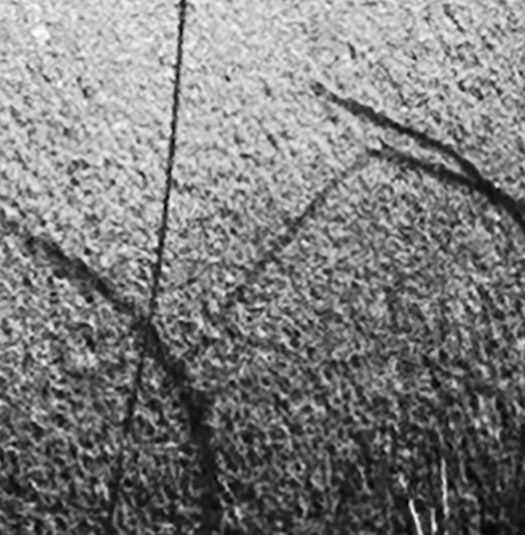
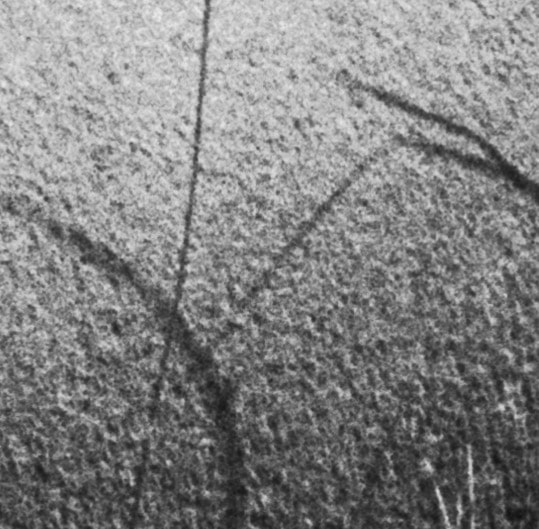
The shifted image is a bit smoother, but that may have more to do with processing differences than scan pitch.
Here’s an area where there’s a lot of visible film grain:
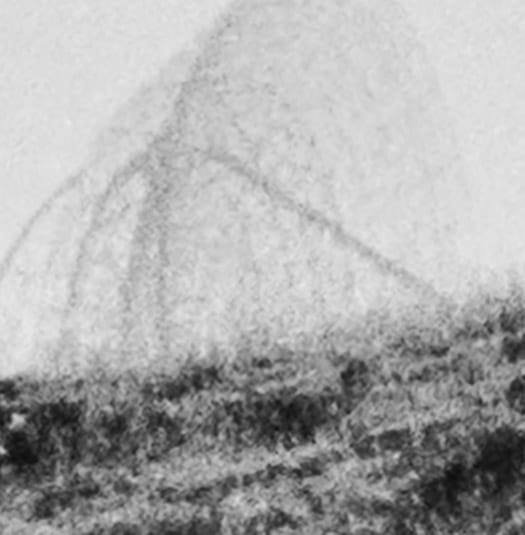
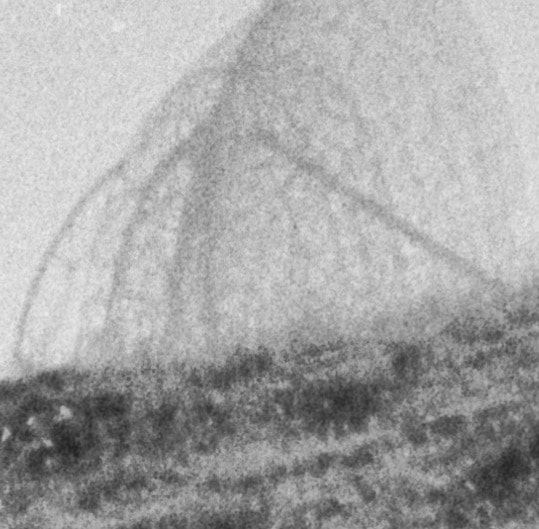
There is more detail in the pixel shifted image. There’s more grain, too, and the grain appears to be lower in spatial frequency. That’s due to grain aliasing.
I was concerned that vibration would be an issue for the pixel shifted captures. It is not. I am using a vibration-isolation pad under the “scanner”.
Here’s a picture of the scanner where you can see it:
With such different workflows, it’s hard to get the processing close for these comparisons.
I’ll make some prints of these images to see whether the differences in the scans are significant in prints.
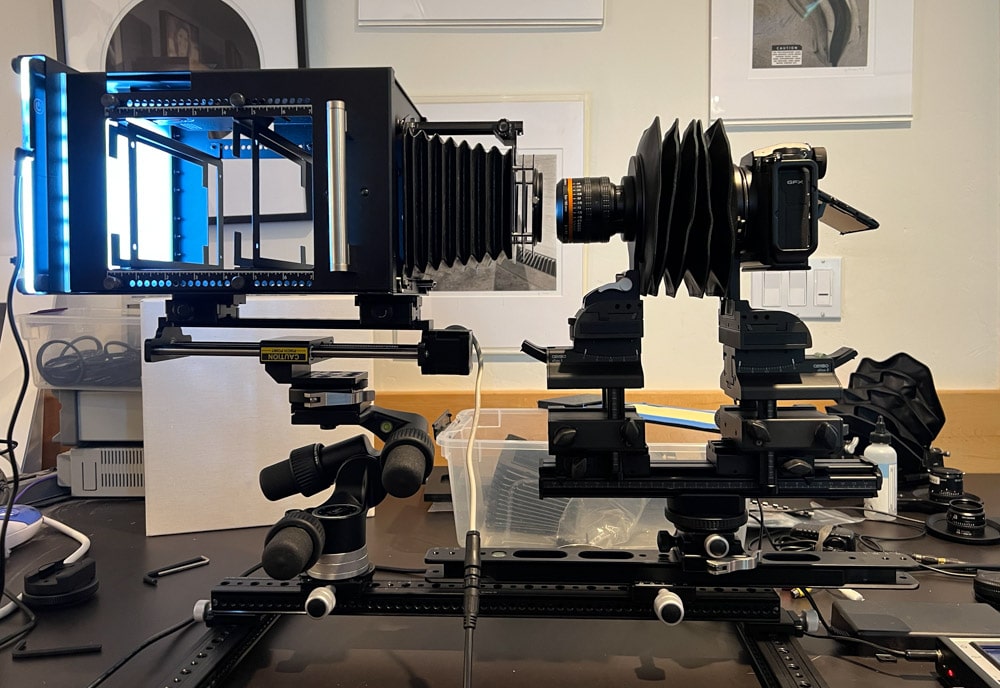
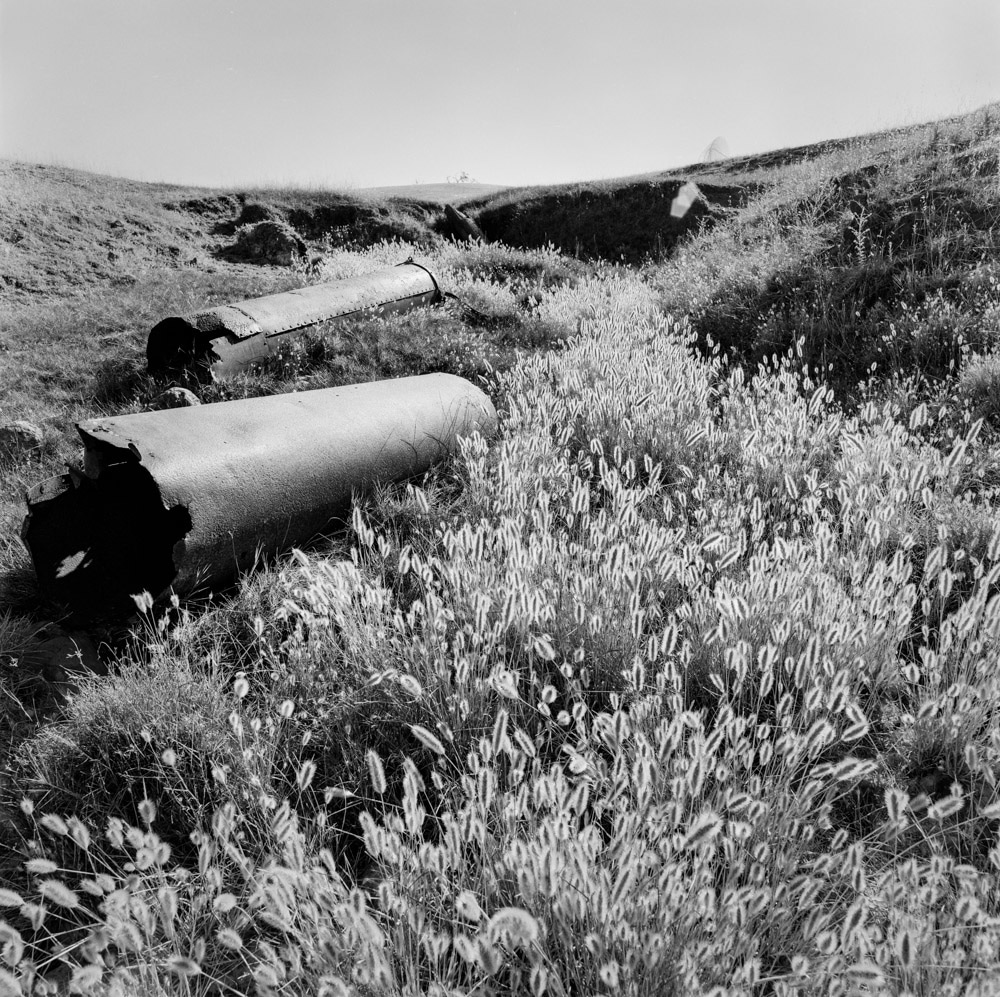
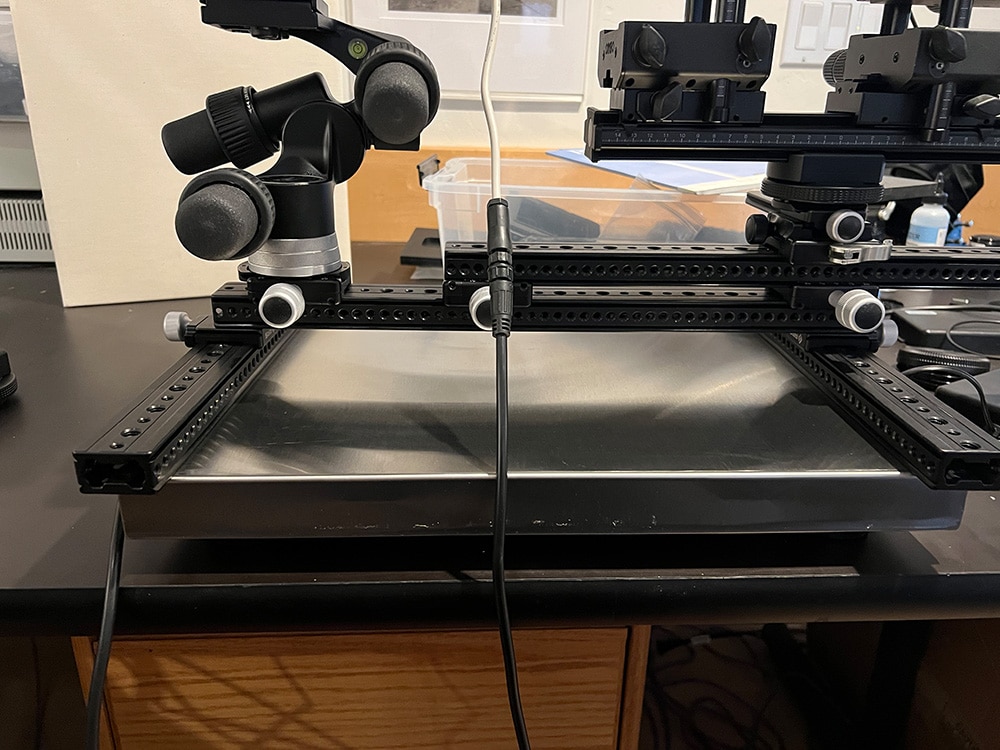
Hi,
Could you tell me what vibration-isolation pad you are using please? I digitise film using a Sony A7r iv and am getting slightly softer images when shot with the 16 shot pixel shift process compared to the 4 shot and single shot.
Cheers
Peter
I think it’s this one.
https://www.coleparmer.com/i/speirs-robertson-ams-40×50-ams-balance-platform-sorbothane-isolators-40×50-cm/1150005